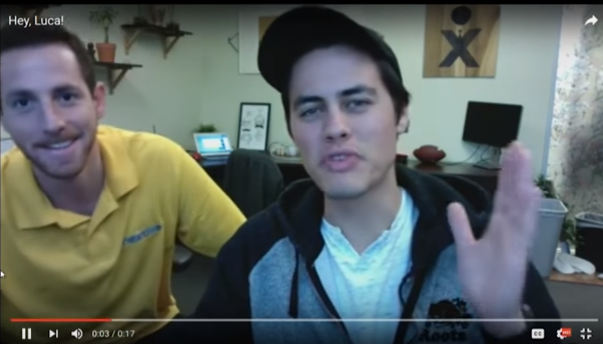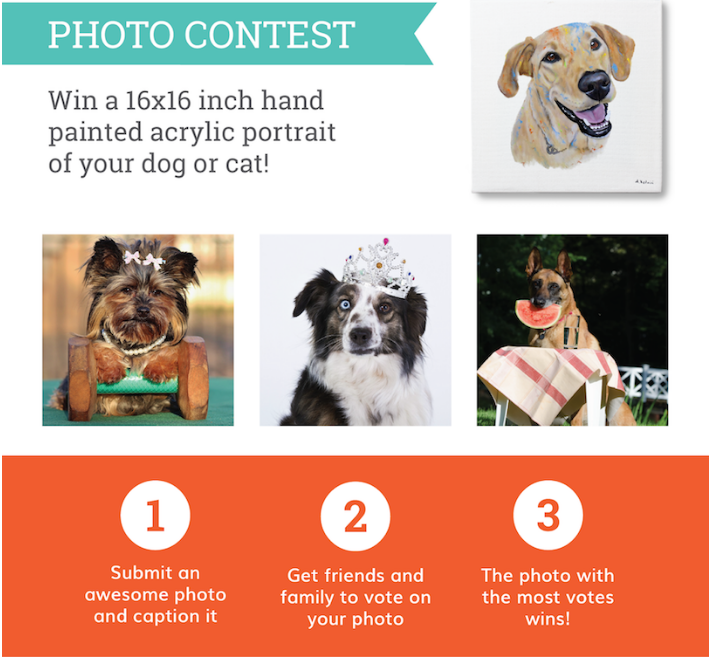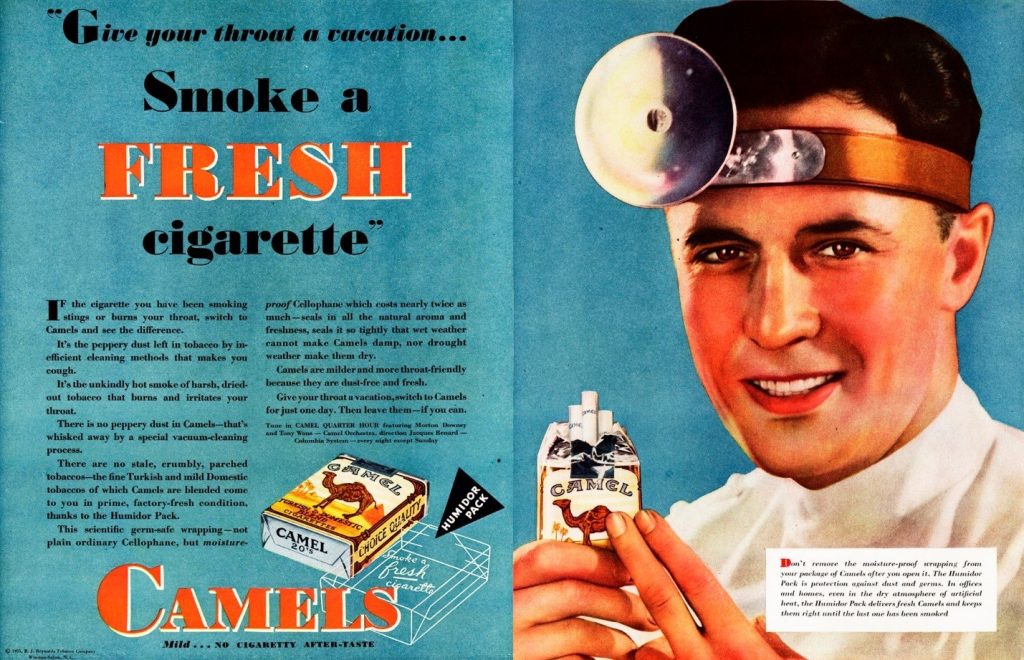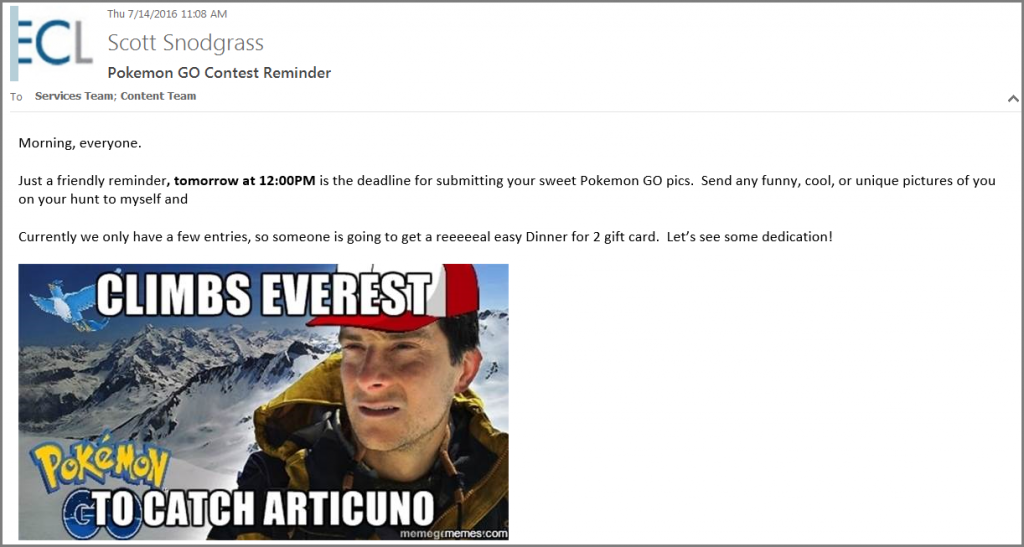Social Media: How to make [the right] friends and influence people [who matter]
It’s one of those randomly attributed phrases that people throw around in social media: “Why fit in when you were born to stand out?”
We’ve all probably randomly scrolled past that phrase and ones like it a thousand times. But for some reason, reading that today on LinkedIn got me thinking — why do so many brands just follow the status quo for social media when the space is made so that the user can stand out from the crowd?
There are so many different ways to reach out not only to your customers as a whole, but to maybe even excite a niche crowd. Here are three of those ways:
Tactic #1. Pioneer uncharted platforms — go where competitors aren’t
In navigating the competitive marketplace for high-end jewelry, the team at Brian Gavin Diamonds needed a cost-effective method to help them stand out.
At MarketingSherpa Summit 2016, Danny Gavin, Vice President and Director of Marketing, Brian Gavin Diamonds, discussed how the team wasn’t afraid of going somewhere the competition had yet to explore to do that.
This attitude led them to Vine, a social app that allows for six seconds of looping video clips.
“The natural paths of marketing can be more expensive. We turned to social,” he said. “No one in the jewelry business was using Vine. It was a wide-open playing field.”
There’s a reason no one else had dared — six seconds is not a lot of time to tell a story and sell customers.
The team came up with a four-part strategy to their Vine videos to surpass that hurdle:
- Don’t oversell
- Be true to the platform
- Be timely and relevant
- Distill
This Vine video follows that strategy by quickly showcasing what the company can do with the caption: “From idea, to design, to the custom engagement ring of your dreams … Brian Gavin Diamonds is a cut beyond brilliant.”














